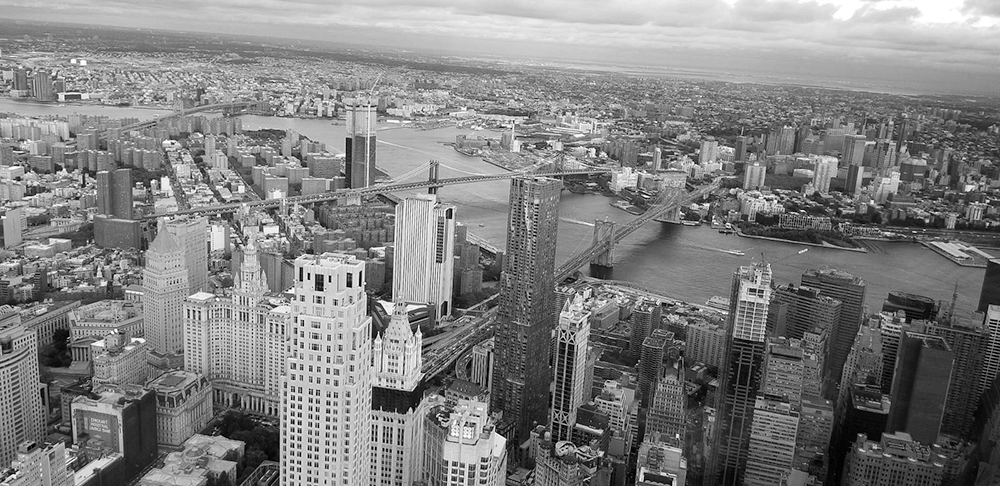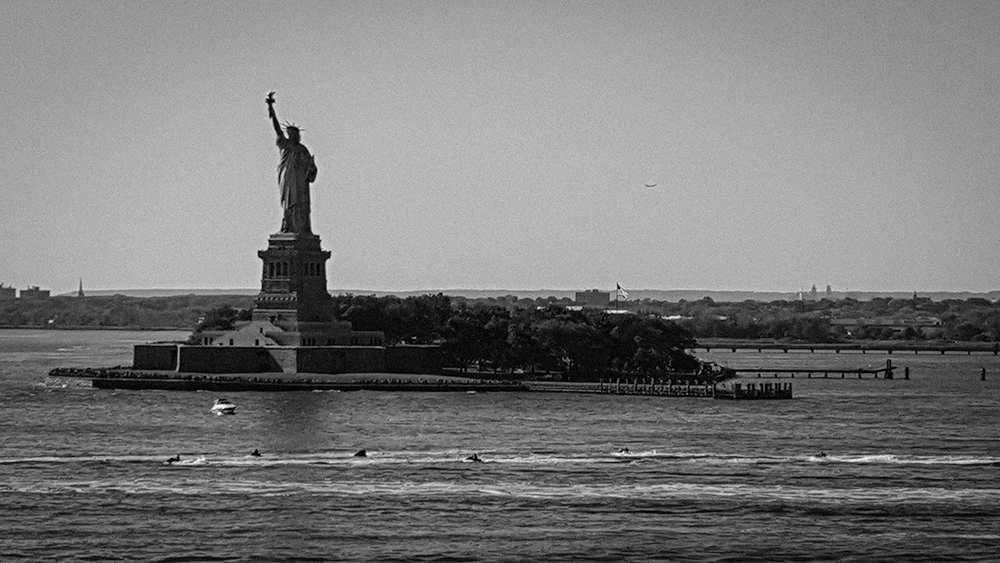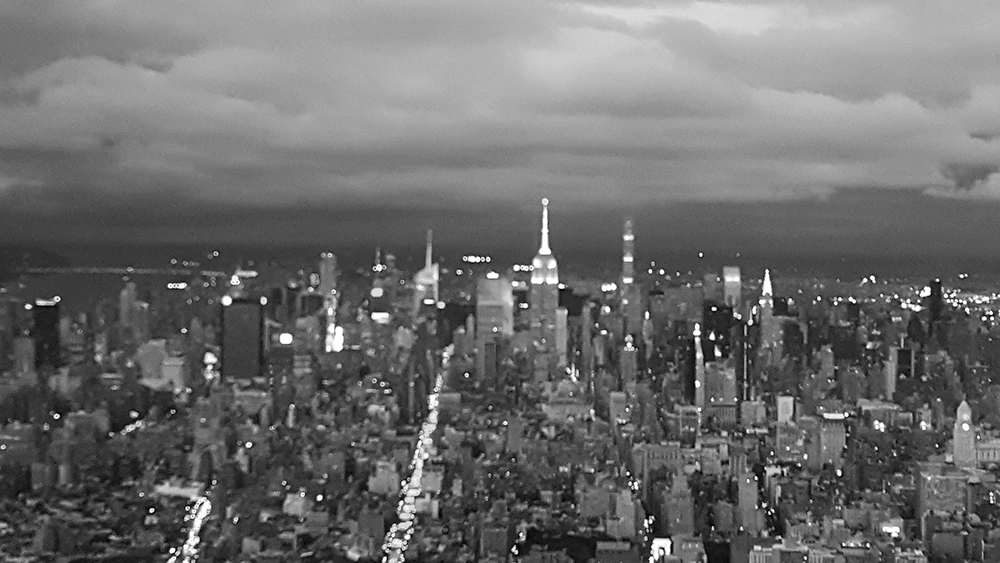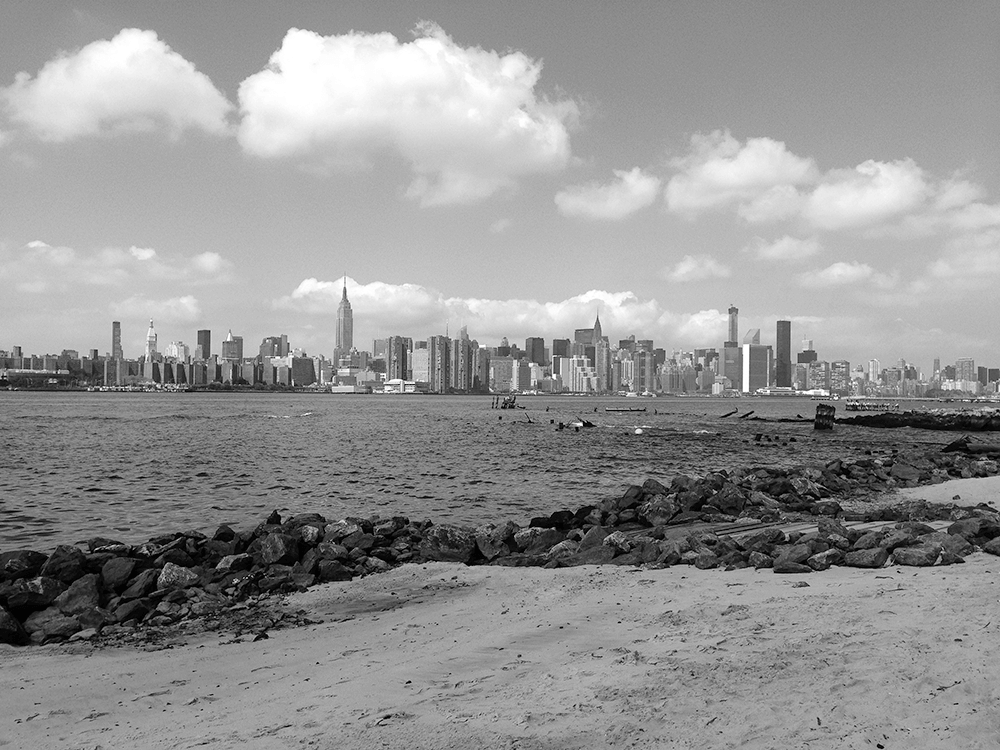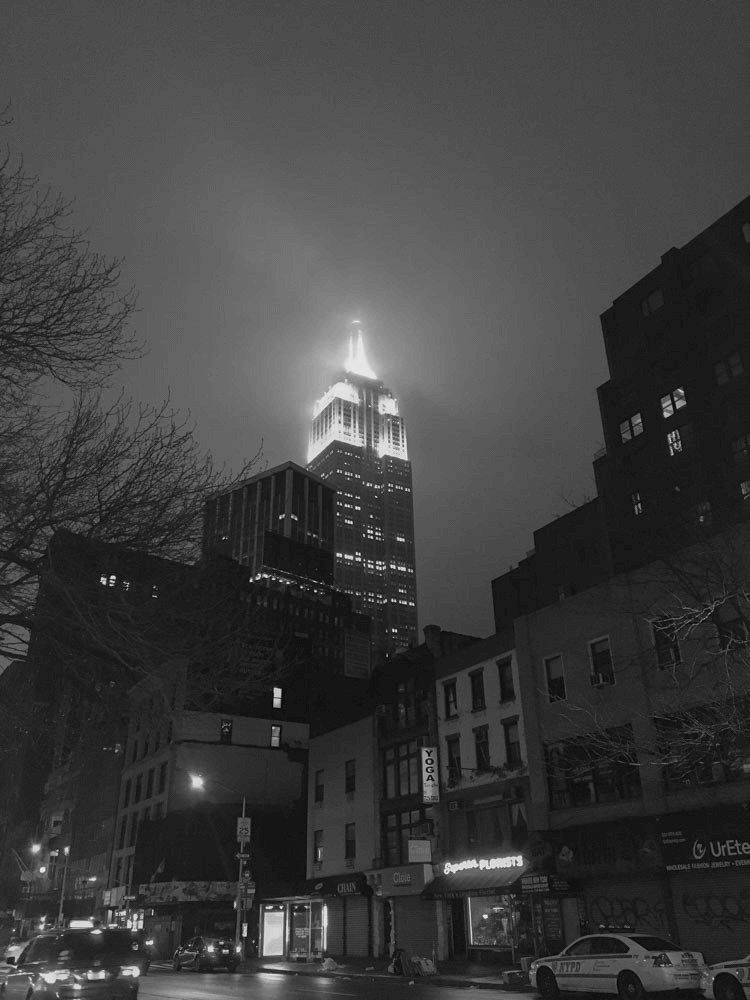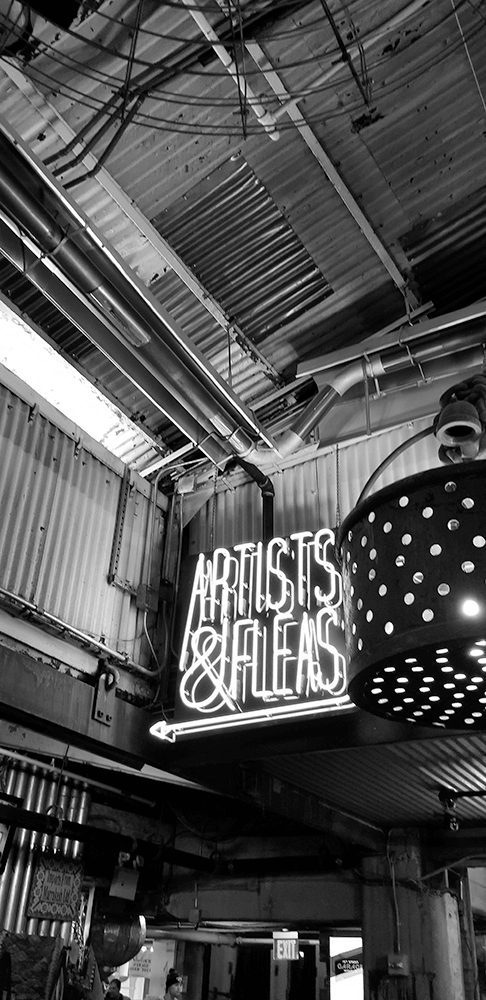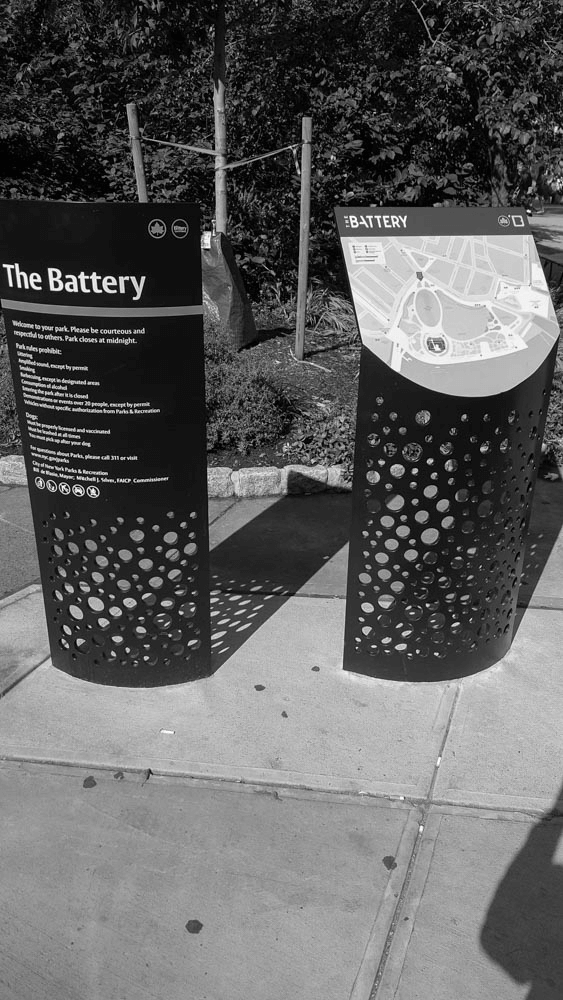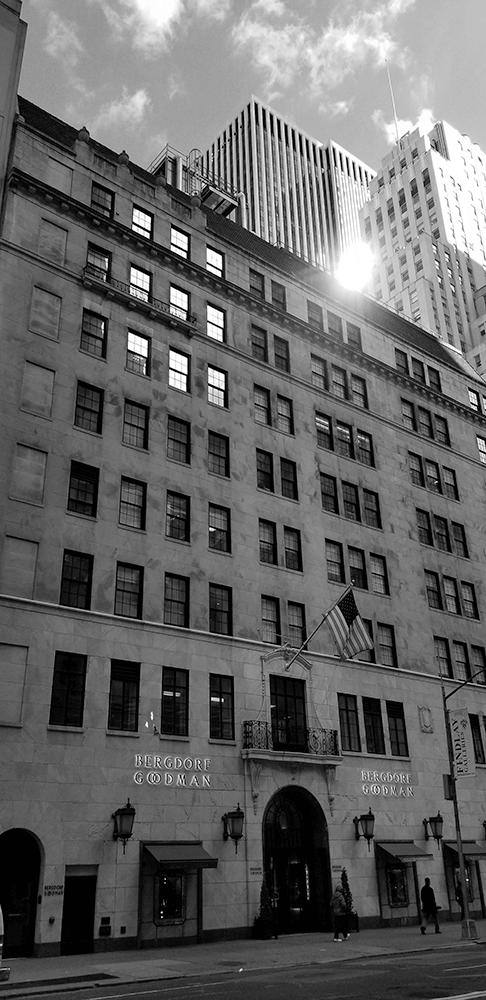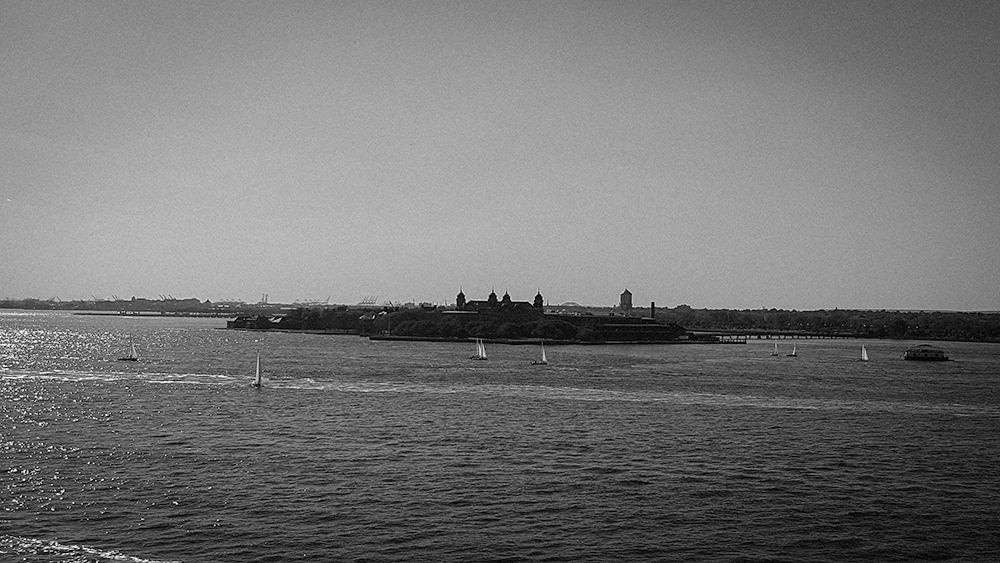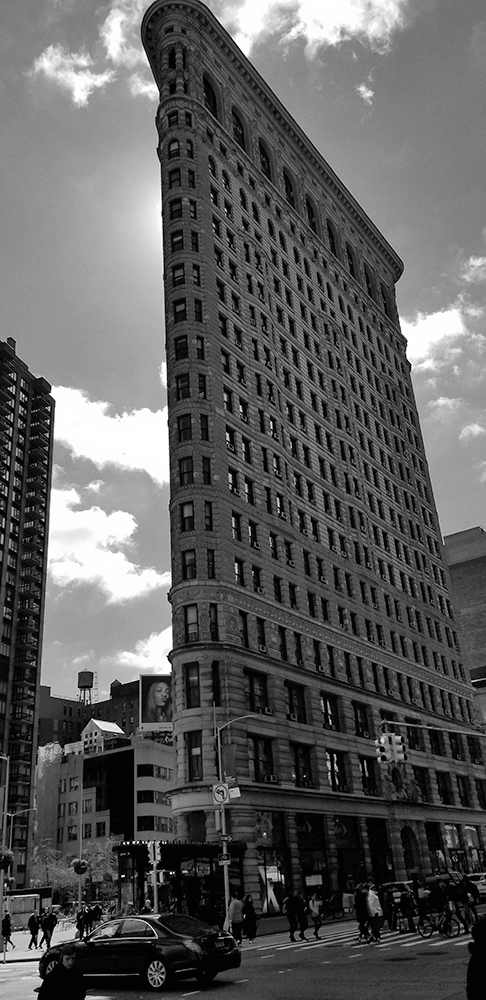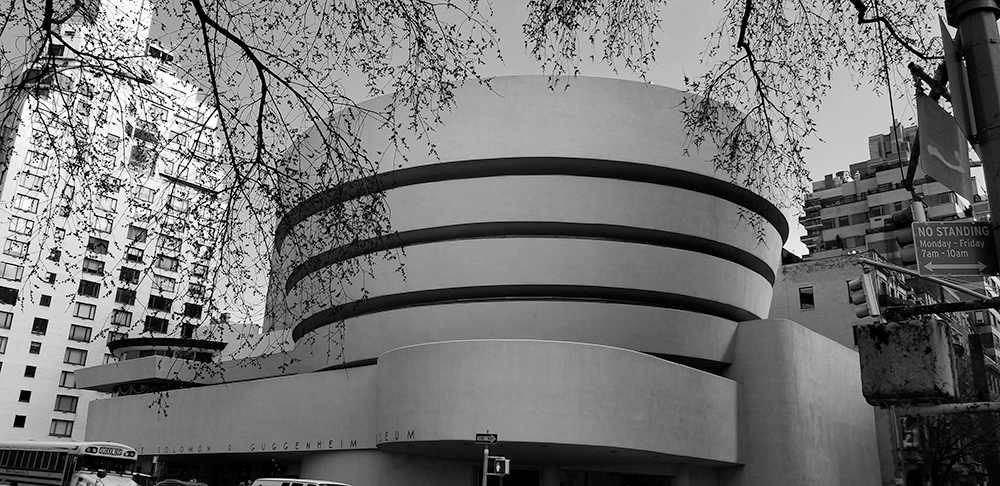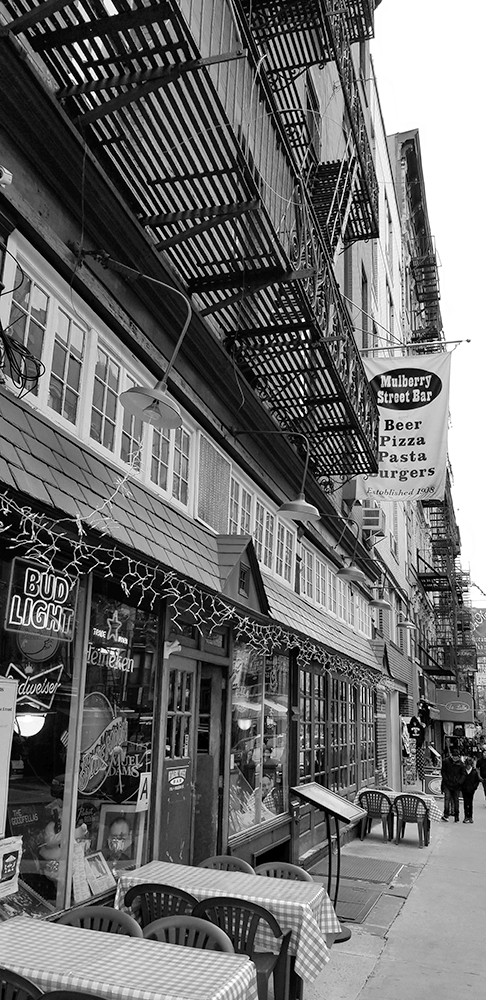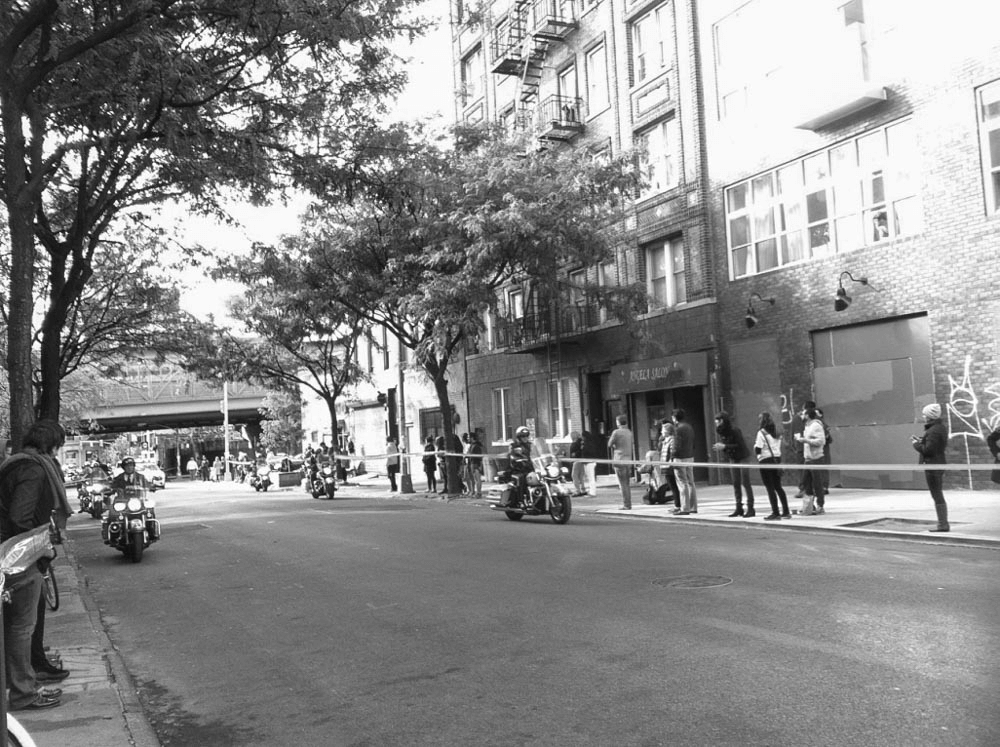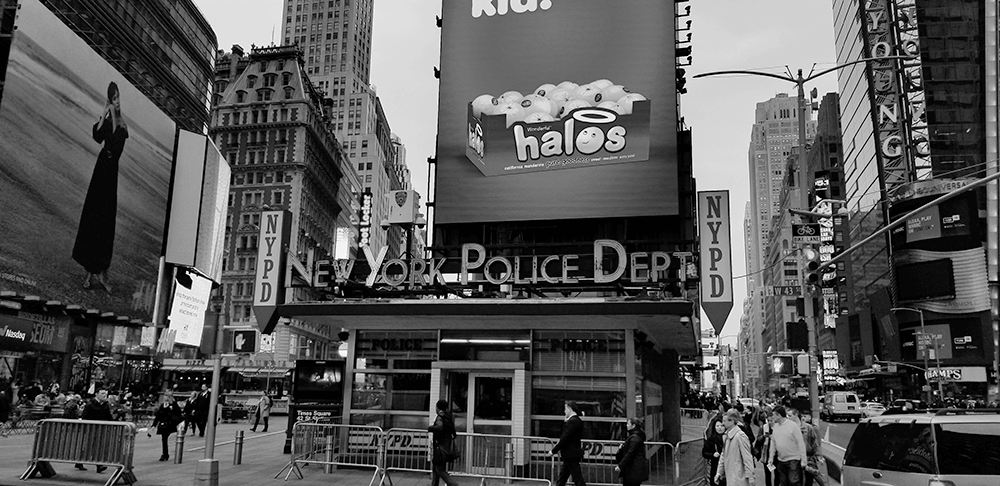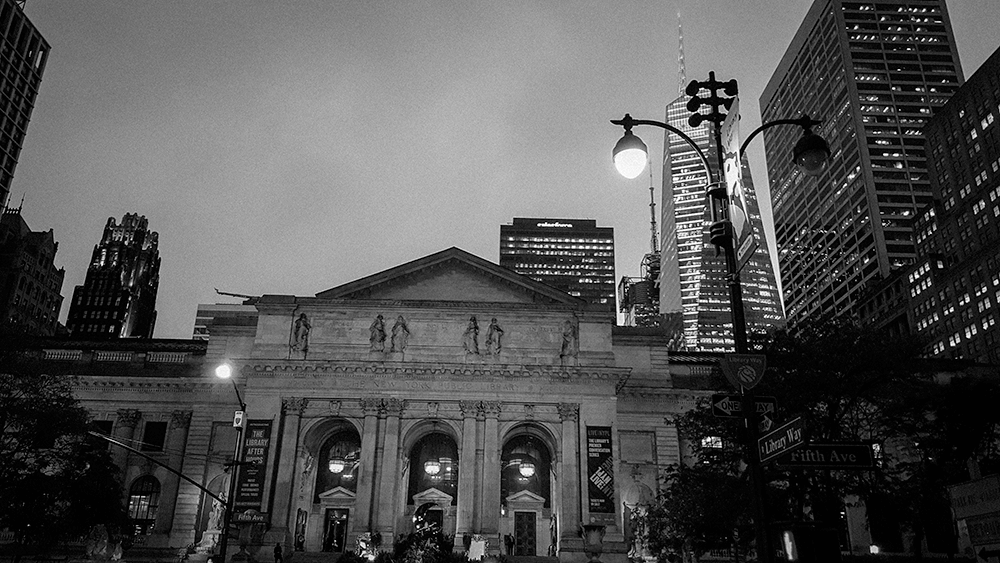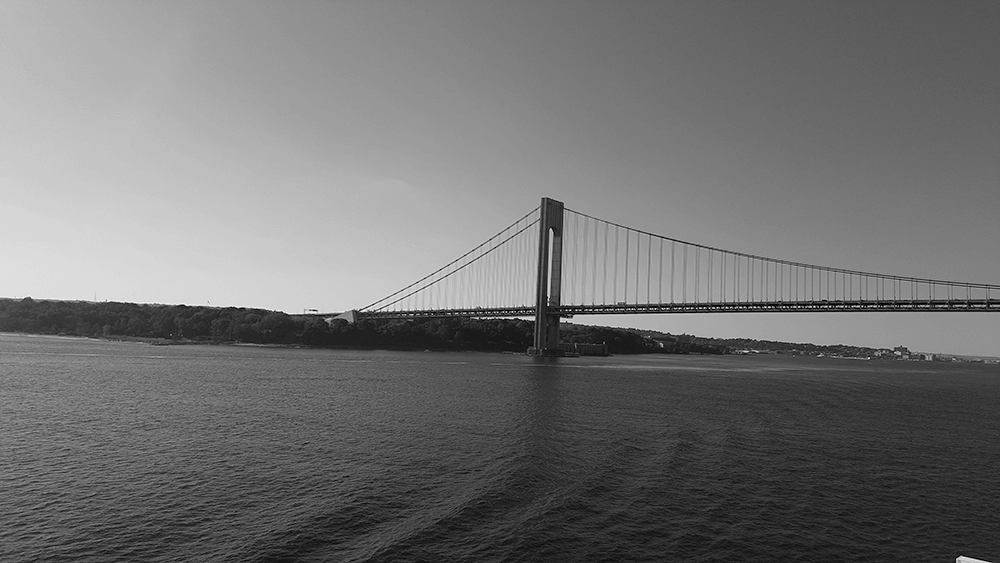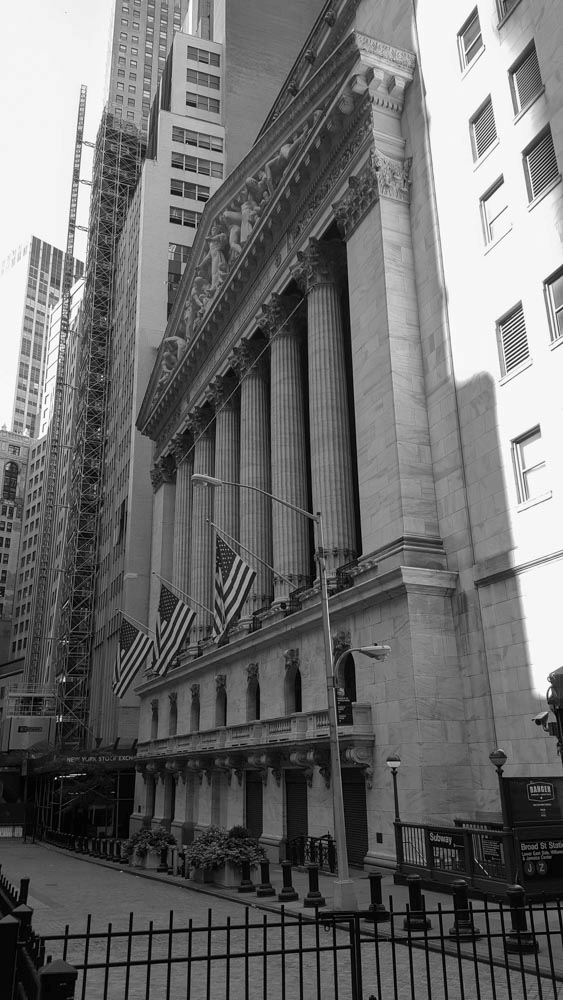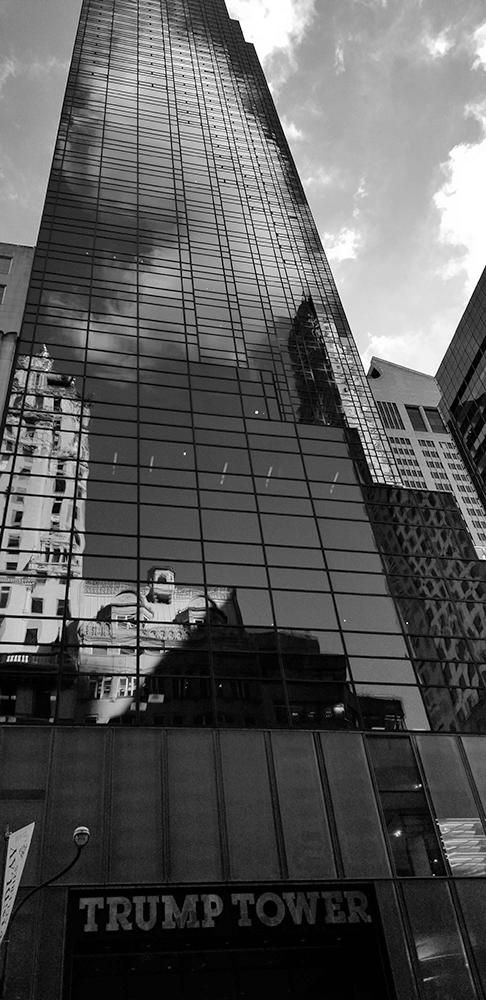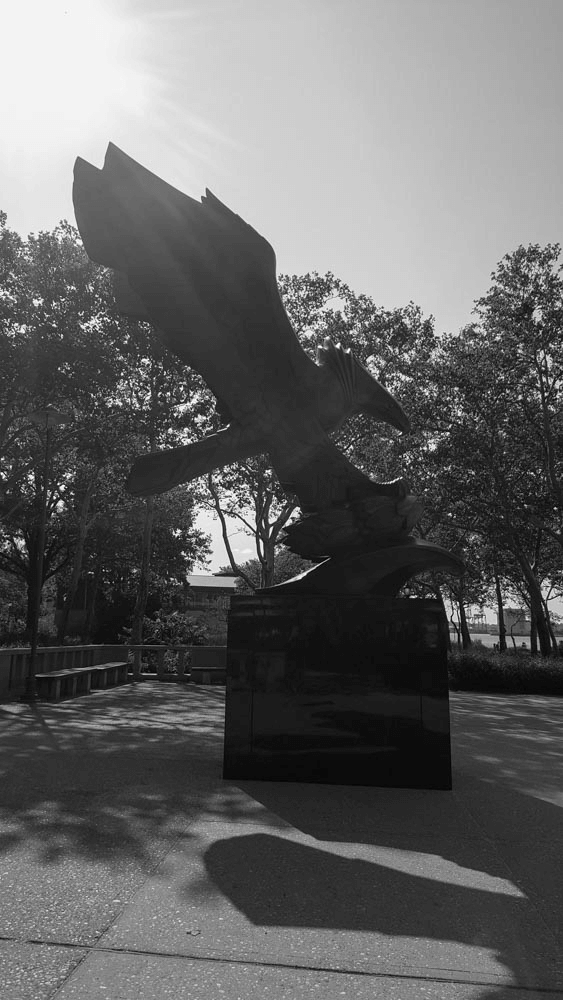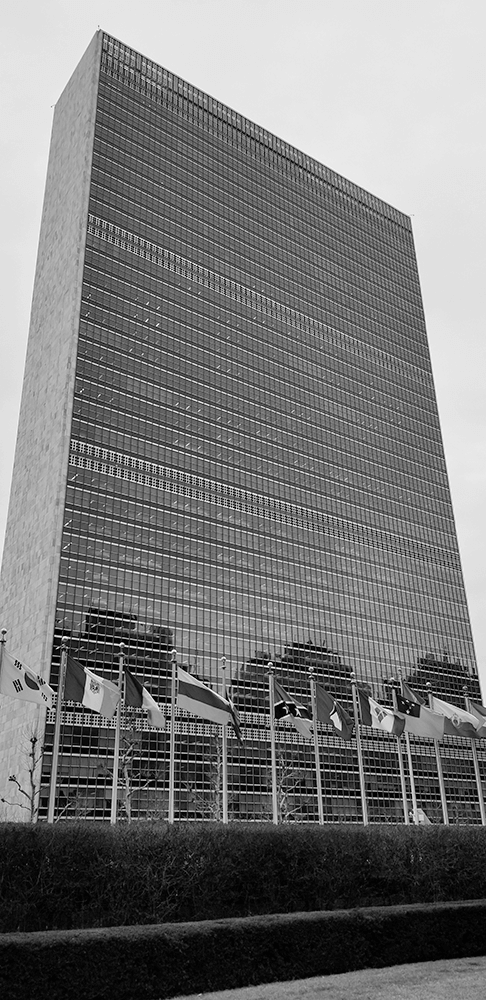Evergreen
Coney Island
New York Aquarium
New York Aquarium: Ein faszinierendes Unterwassererlebnis Das New York Aquarium, gelegen im Stadtteil Coney Island, ist eine der ältesten und bekanntesten Aquarien der Vereinigten Staaten. Es wurde 1896 gegründet und zieht jährlich Millionen von Besuchern an, die sich für die Wunder der Meereswelt begeistern. Mit einer Vielzahl von Ausstellungen, Bildungsprogrammen und Naturschutzinitiativen bietet das Aquarium ein einzigartiges Erlebnis für Menschen jeden Alters. Geschichte und Entwicklung Gründung: Das Aquarium wurde ursprünglich als Teil des Brooklyn Parks konzipiert und hat sich im Laufe der Jahre stark weiterentwickelt. Die erste Ausstellung bestand aus einer kleinen Sammlung von Fischen und anderen Meerestieren, die in einfachen Becken präsentiert wurden. Erweiterungen: Im Laufe der Jahrzehnte wurden zahlreiche Erweiterungen und Renovierungen vorgenommen, um den Anforderungen moderner Standards für Tierhaltung und Besucherkomfort gerecht zu werden. Eine der bedeutendsten Erweiterungen war die Eröffnung des Ocean Wonders: Sharks!-Pavillons, der 2018 eröffnet wurde und den Besuchern einen faszinierenden Einblick in die Welt der Haie und anderer Meeresbewohner bietet. Ausstellungen und Attraktionen Haie und Rochen: Der Ocean Wonders-Pavillon beherbergt eine beeindruckende Sammlung von Haien, Rochen und anderen Meereslebewesen. Die Besucher können durch ein großes, gläsernes Tunnelbecken gehen, das es ihnen ermöglicht, die Tiere aus nächster Nähe zu beobachten, während sie durch das Wasser schwimmen. Pinguin-Kolonie: Eine der beliebtesten Attraktionen des Aquariums ist die Pinguin-Kolonie, die den Besuchern die Möglichkeit gibt, diese charmanten Vögel in ihrem natürlichen Lebensraum zu beobachten. Die Pinguine werden in einer Umgebung gehalten, die ihren Bedürfnissen entspricht und ihnen ausreichend Platz zum Schwimmen und Spielen bietet. Interaktive Ausstellungen: Das Aquarium bietet auch eine Reihe interaktiver Ausstellungen, die es den Besuchern ermöglichen, mehr über die verschiedenen Arten von Meereslebewesen zu lernen. Dazu gehören Touch-Pools, in denen Kinder und Erwachsene lebende Tiere berühren und mehr über ihre Eigenschaften erfahren können. Bildungsprogramme und Naturschutz Bildungsangebote: Das New York Aquarium legt großen Wert auf Bildung und bietet eine Vielzahl von Programmen für Schulen, Familien und Erwachsene an. Diese Programme sind darauf ausgelegt, das Bewusstsein für den Schutz der Meeresumwelt zu fördern und die Bedeutung der Artenvielfalt zu vermitteln. Naturschutzinitiativen: Das Aquarium engagiert sich aktiv für den Schutz der Meereslebewesen und deren Lebensräume. Es arbeitet mit verschiedenen Organisationen zusammen, um Programme zur Wiederherstellung von Lebensräumen und zur Bekämpfung von Umweltverschmutzung zu unterstützen. Zudem führt das Aquarium Forschungsprojekte durch, um das Verständnis für die Bedürfnisse und das Verhalten von Meeresbewohnern zu vertiefen. Besucherinformationen Öffnungszeiten und Eintritt: Das New York Aquarium ist das ganze Jahr über geöffnet, wobei die Öffnungszeiten je nach Saison variieren können. Der Eintrittspreis ist erschwinglich und es gibt spezielle Rabatte für Gruppen und Familien. Lage: Das Aquarium ist leicht mit öffentlichen Verkehrsmitteln zu erreichen und bietet den Besuchern die Möglichkeit, den berühmten Coney Island Boardwalk und den Strand zu erkunden. Das New York Aquarium ist nicht nur ein Ort, um die Schönheit und Vielfalt des Lebens im Meer zu erleben, sondern auch ein Zentrum für Bildung und Naturschutz. Mit seinen interaktiven Ausstellungen, engagierten Programmen und einem klaren Fokus auf den Schutz der Meeresumwelt ist es ein unverzichtbares Ziel für alle, die sich für die Wunder der Natur interessieren. Ein Besuch im Aquarium ist eine bereichernde Erfahrung, die sowohl unterhaltsam als auch lehrreich ist und die Besucher dazu anregt, über die Bedeutung des Schutzes unserer Ozeane nachzudenken.
1 2 NYCGO 3 4
